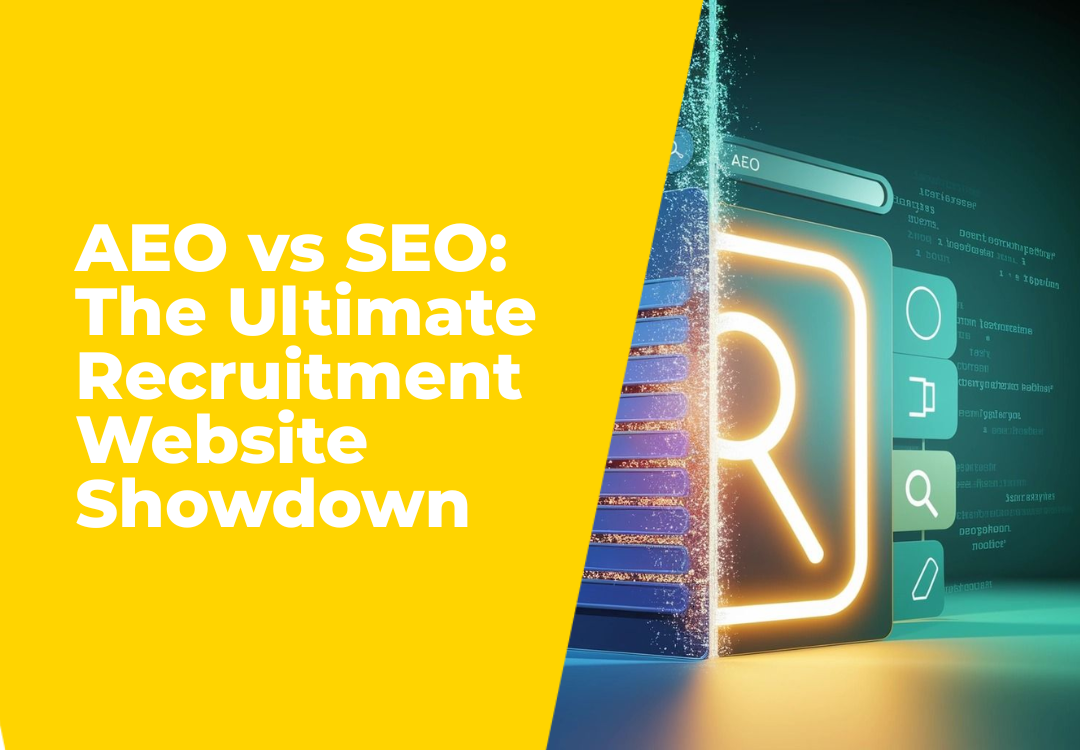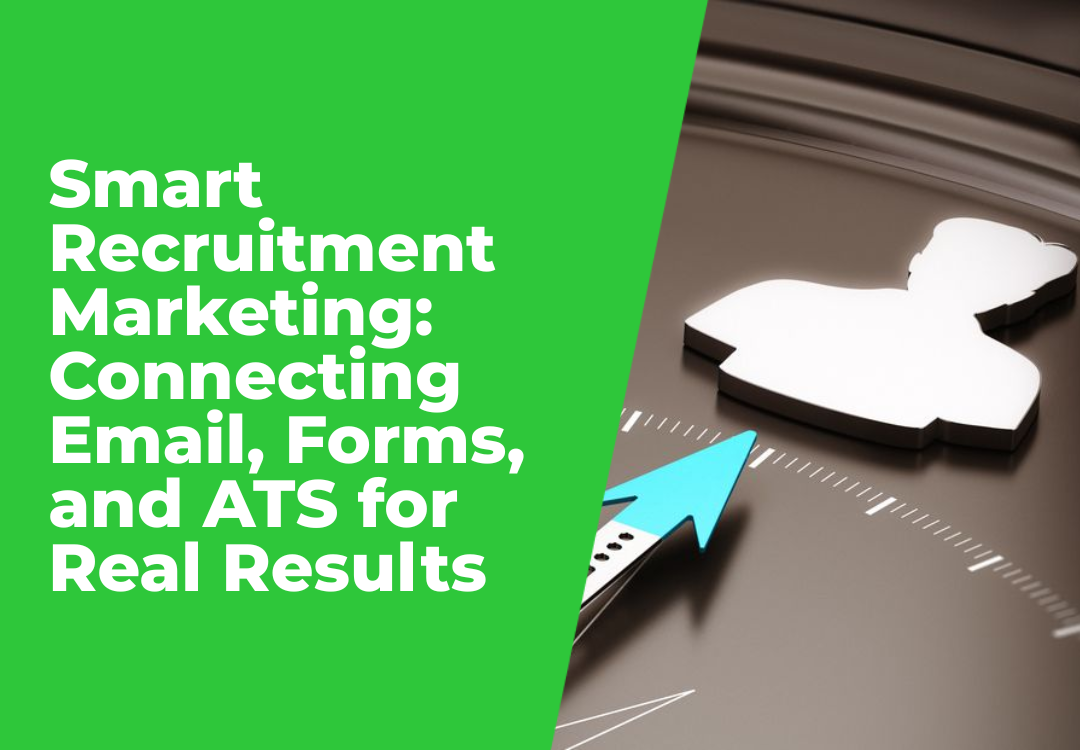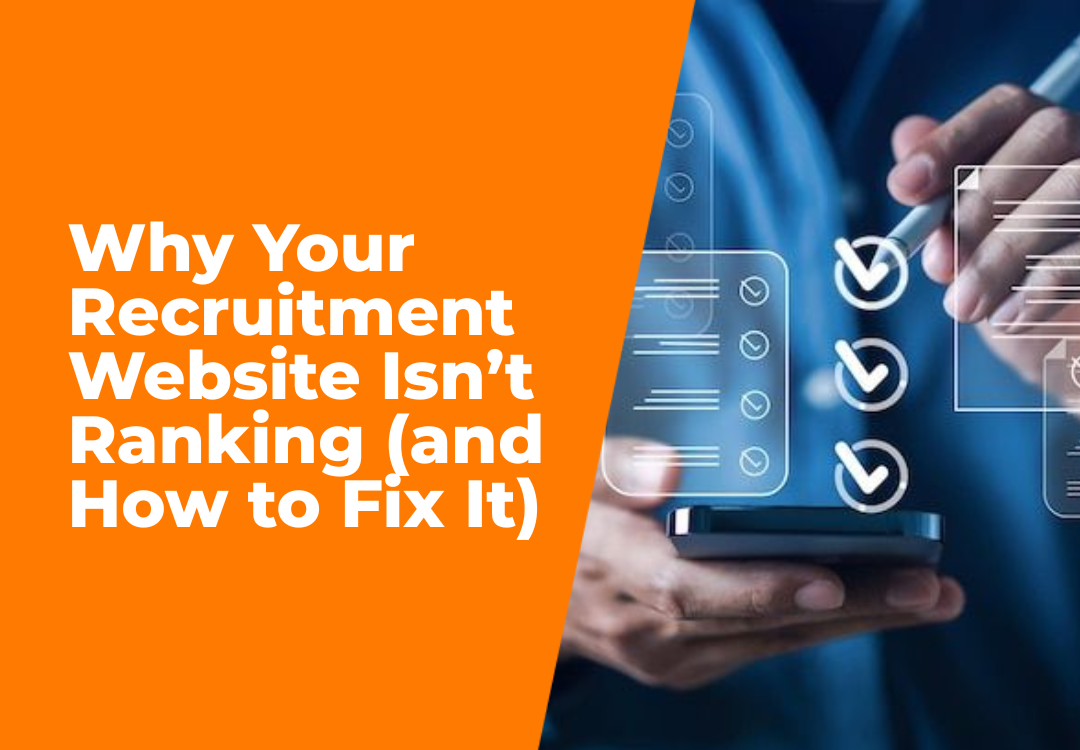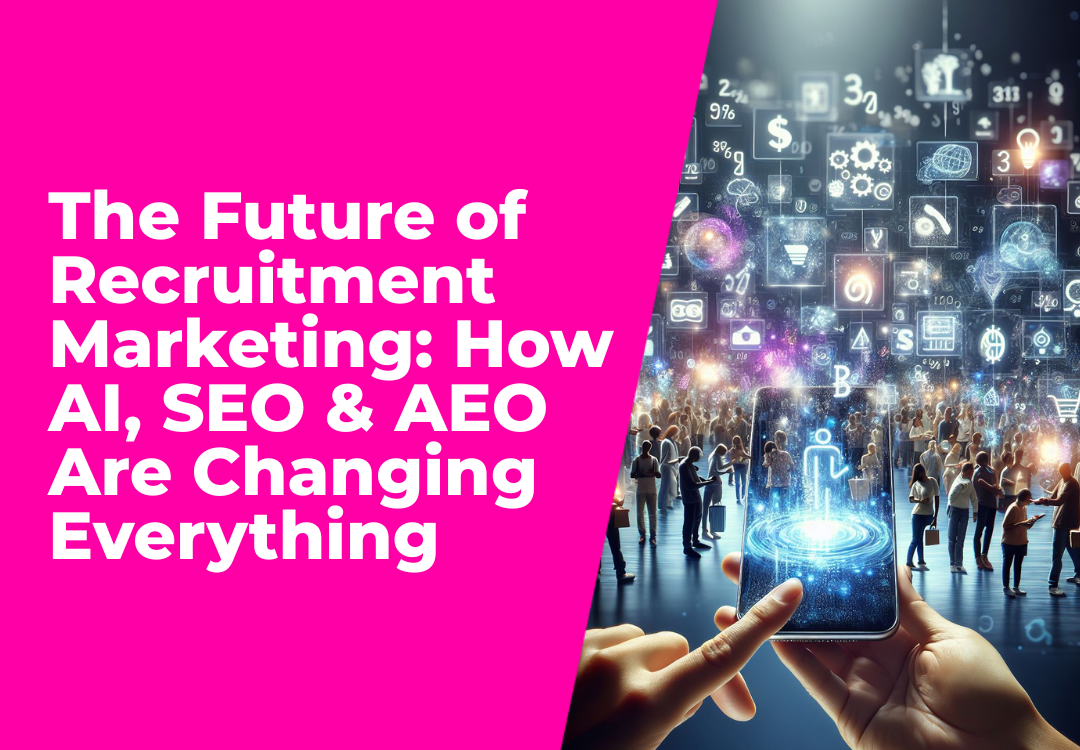Maximising Your Business Visibility Through Voice Search Engines
Paul Williamson • March 17, 2024
41% of adults in the US are using voice search daily and the number of voice searches is projected to reach over 8.4 billion by 2024.

In an era where digital innovation dictates the pace and direction of growth across industries, HR and recruitment stand on the cusp of a transformative shift. The advent and adoption of voice search technology have introduced a new frontier in how job seekers explore opportunities and how employers connect with potential candidates. At Shazamme, we understand the dynamics of this shift and are at the forefront, helping recruitment agencies harness the power of voice search optimisation to attract top talent.
Shazamme is committed to providing the tools, knowledge, and support needed to thrive in this new digital era. By embracing voice search optimisation, you can ensure your recruitment efforts resonate with the modern job seeker, setting the stage for sustained success and growth.
The Evolution of Voice Search in Recruitment
Voice search is no longer a novelty; it's become an integral part of our daily digital interactions. With the proliferation of smartphones and smart speakers, a growing number of job seekers are turning to voice search as their go-to method for finding job listings and company information. This trend is not just reshaping the landscape of search engine queries but also redefining the strategies recruitment agencies must employ to reach their target audience effectively.Why Voice Search Optimisation Matters for HR
The convenience and accessibility of voice search mean that more job seekers are asking Siri, Alexa, or Google Assistant for help in finding their next job opportunity. This shift towards spoken queries brings with it a set of challenges and opportunities for HR departments and recruitment agencies:- Increased Visibility: Optimising for voice search can significantly boost the visibility of your job listings in voice search results, making it easier for potential candidates to find you.
- Enhanced User Experience: Voice search optimisation focuses on natural language processing, which aligns with how real people talk and ask questions. This leads to a more intuitive and user-friendly experience for job seekers.
- Local SEO Benefits: Many voice searches are local in intent. By optimising for voice search, you're also improving your local SEO, which is crucial for businesses looking to attract talent in specific geographic areas.
Implementing Voice Search Optimisation
Adapting to the nuances of voice search requires a thoughtful approach. Here are some strategies to consider:- Focus on Natural Language and Questions: Since voice searches are typically more conversational, ensure your content addresses common questions candidates might ask about HR roles or your recruitment process.
- Optimise for Local Search: Ensure your business information is accurate across all platforms, especially on Google My Business, to improve your visibility in local voice searches.
- Leverage Schema Markup: Implementing schema markup on your website helps search engines understand the context of your content, making it easier to match with relevant voice queries.
- Shazamme is your partner in navigating these changes. Our platform offers advanced tools and insights to help you optimise your recruitment strategy for voice search, ensuring you remain competitive in a rapidly evolving job market.
Real-World Success Stories
The impact of voice search optimisation on recruitment is clear. Agencies that have embraced this trend are seeing a noticeable improvement in the quality and quantity of their candidate pool. For instance, a recruitment agency specialising in HR roles reported a 30% increase in traffic to their job listings after optimising their content for voice search, along with a significant uptick in applications from highly qualified candidates.Looking Ahead: The Future of Recruitment and Voice Search
As voice search technology continues to evolve and become even more integrated into our daily lives, its influence on the recruitment industry will only grow. Recruitment agencies and HR departments must stay ahead of the curve by continually refining their digital strategies to align with how job seekers are searching for opportunities today and in the future.Shazamme is committed to providing the tools, knowledge, and support needed to thrive in this new digital era. By embracing voice search optimisation, you can ensure your recruitment efforts resonate with the modern job seeker, setting the stage for sustained success and growth.
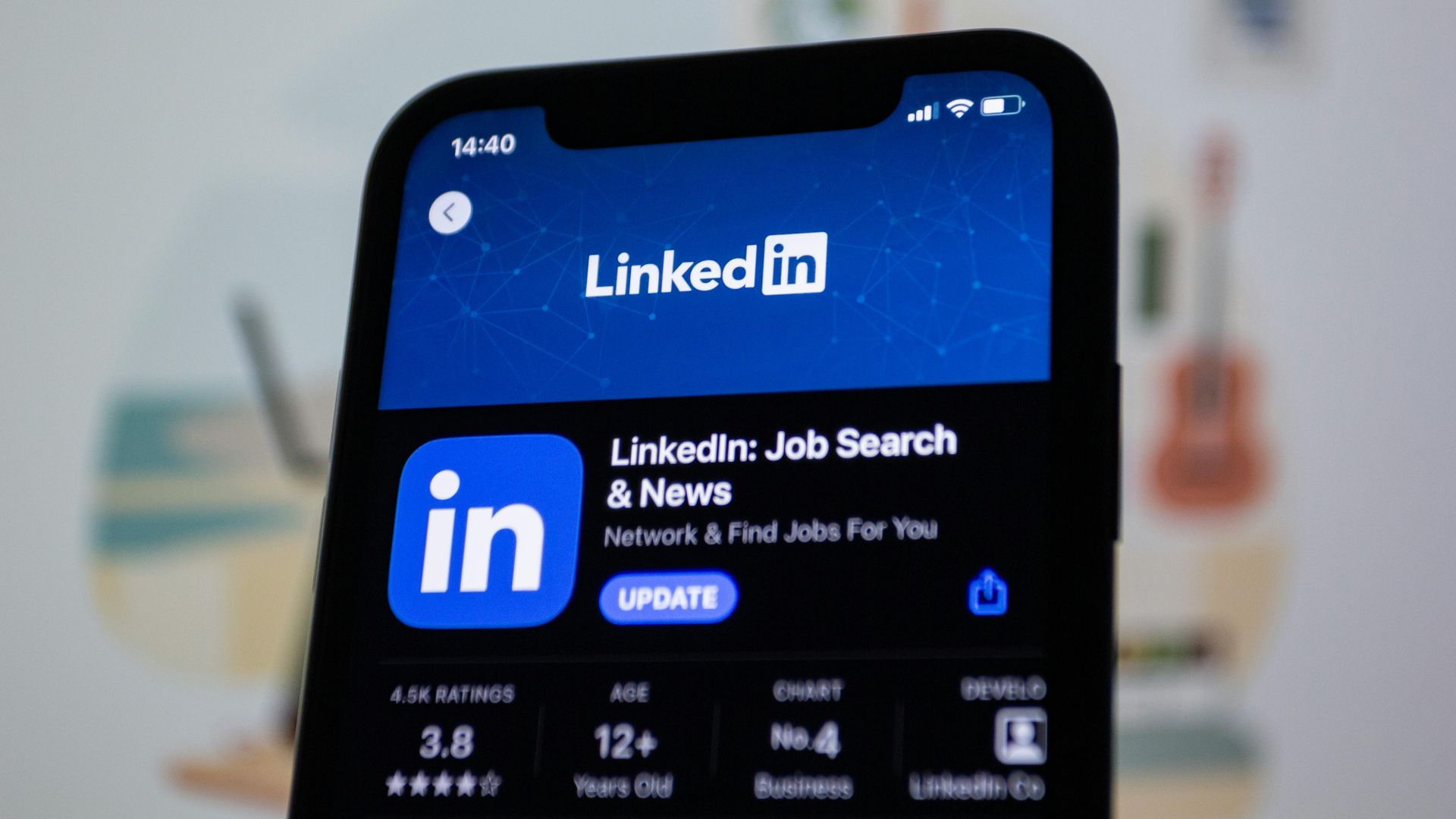
By Nicole Clarke
•
October 28, 2025
How to Track Your LinkedIn Leads (and Finally See What’s Working) Most recruitment agencies post regularly on LinkedIn, but few actually know what’s working. You might get great engagement, but how do you know if those likes and clicks are turning into new clients or candidate enquiries? If you’re not tracking your leads, you’re flying blind. The good news is that it’s incredibly easy to fix. You just need a simple setup using UTM tracking and Google Analytics (GA4) . Here’s how to do it properly so you can see exactly which posts, people, and campaigns are driving real results. Step 1: Add UTM Links to Every LinkedIn Post Whenever you share a link on LinkedIn, whether it’s to a job, a blog, other content or a “book a demo” page etc you should add a little bit of tracking code at the end of your URL. This code is called a UTM , and it tells you exactly where your traffic came from once people land on your website. Example: https://www.xyzrecruitment.com/book-demo?utm_source=linkedin&utm_medium=social&utm_campaign=demo_launch&utm_content=post1 Here’s what each tag means: utm_source=linkedin → tells you the traffic came from LinkedIn utm_medium=social → identifies it as an organic social post utm_campaign=demo_launch → labels your specific campaign utm_content=post1 → helps you see which post or person shared it You can use Google’s free Campaign URL Builder to generate these in seconds. Step 2: Use Tagged Links in Every Post and Profile Once you’ve created your UTM-tagged links, use them everywhere you share links from LinkedIn: Company updates Recruiter and consultant posts LinkedIn articles or newsletters Comments and DMs If multiple people in your team are posting, give each person their own UTM content tag (for example: utm_content=sarah_post or utm_content=liam_article ) so you can easily see who’s driving the most traffic or conversions. Step 3: Track the Results in Google Analytics 4 With your UTM links live, it’s time to see what’s working. In Google Analytics (GA4) , go to: Reports → Acquisition → Traffic Acquisition Filter by: Source / Medium = linkedin / social Now you’ll see: How many visitors came from LinkedIn Which pages they viewed Whether they filled out a form, booked a demo, or applied for a role That’s how you finally connect your LinkedIn activity to actual business outcomes. Step 4: If You Run Paid Ads — Connect LinkedIn to GA4 If you’re also running LinkedIn Ads , connect your LinkedIn Campaign Manager to GA4 . This gives you the complete picture, not just clicks and impressions, but which ads and audiences are driving conversions. Step 5: Create a Simple Dashboard Once you’re tracking everything, pull it together in a Google Looker Studio (Data Studio) dashboard. You’ll get a clear visual of: Traffic from LinkedIn (organic + paid) Conversions by campaign Which recruiters generate the most leads Your overall ROI from LinkedIn It’s simple, visual, and finally gives you proof of what’s working. Why This Matters for Recruitment Agencies Without UTM tracking, your LinkedIn traffic shows up in Google Analytics as “direct” or “referral”, which tells you nothing. With proper tracking, you’ll know: Which campaigns or posts bring in new client leads Which recruiters or consultants drive the most engagement What content types actually convert It’s not about guessing, it’s about growing with real data. Quick Recap Step 1: Add UTM links to every LinkedIn post — Tracks traffic accurately Step 2: Use consistent naming — Keeps your data clean Step 3: Check GA4 reports — See conversions clearly Step 4: Connect LinkedIn Ads — Measure full ROI Step 5: Build a dashboard — See what’s working at a glance Final Tip Consistency is key! One untagged link can throw off your data. Once you start tracking properly, you’ll quickly see which content drives leads and where to focus your marketing energy next. If you’d like help setting up UTM links or building a simple LinkedIn-to-GA4 dashboard, contact the team at www.shazamme.com we can show you exactly how to do it right!

